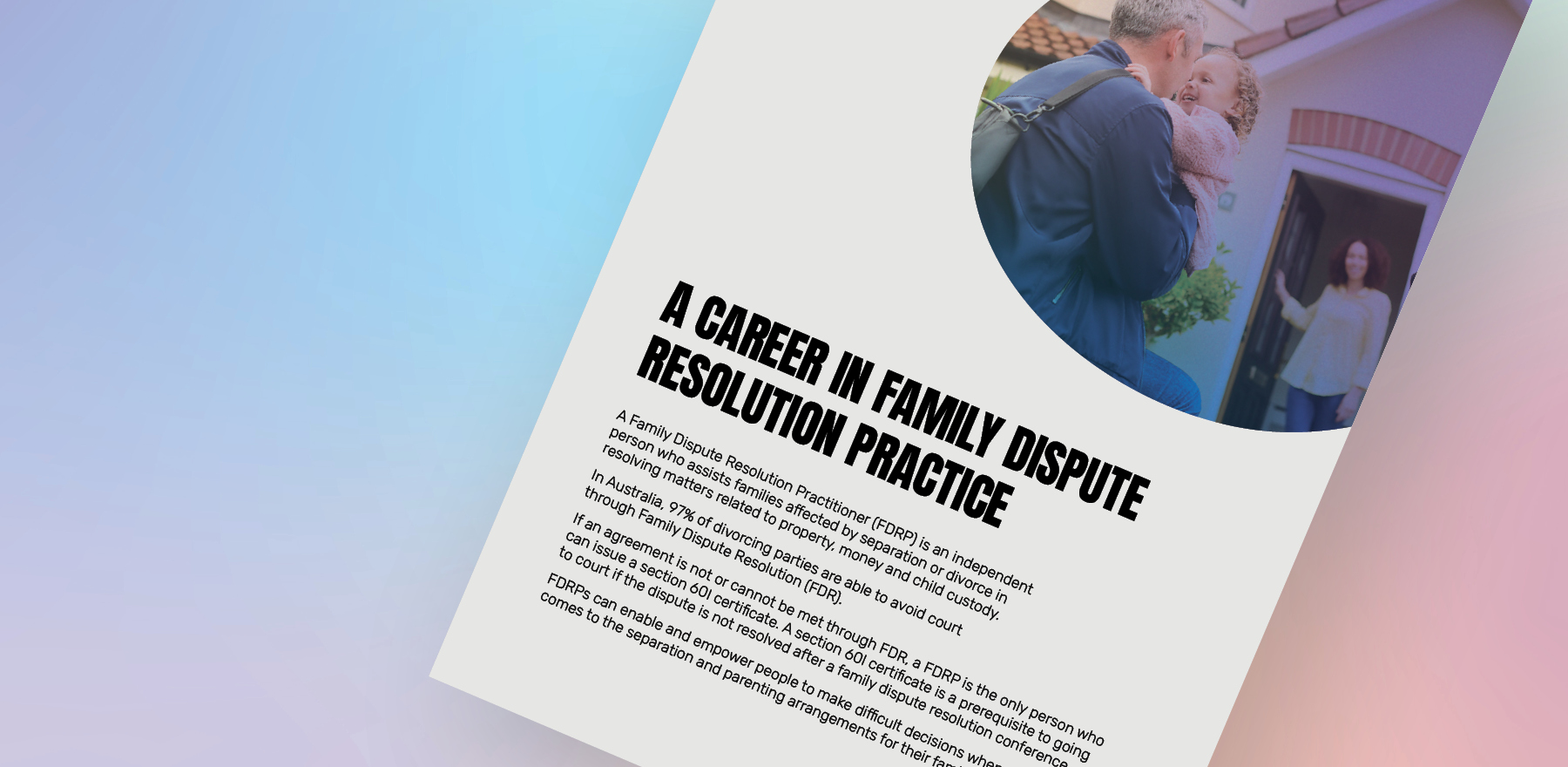A well-worded legal agreement can lay the foundation for a lasting commercial relationship by clearly stating each party’s rights and obligations.
While poor drafting can lead to ambiguity, misunderstandings and costly disputes down the road.
We caught up with Chris Bland, a seasoned solicitor, general counsel and principal of Legal Tradecraft Consulting who shares his top 5 commercial drafting strategies.
1. Make good commercial drafting a priority skill
“Improving our drafting skill is integral to improving our overall skill as a lawyer,” said Chris.
“We draft documents that are vital to the court process (such as statements of claim, pleadings, witness statements). We draft forms, applications and submissions for our clients on many key public sector and government processes, such as applications to a planning department, ASIC or the ATO. We draft formal memoranda of legal advice on complex legal issues.
“Above all, as deal lawyers, we draft contractual documentation. The central role we play on a deal is to translate our client’s business objectives into contract concepts. This translational skill rests directly on how well we draft.
“Improved drafting gives clarity to complex legal advice. It makes legal advice open and accessible. It helps lift the quality of our communication both with our client, and their business customers and counterparties. It avoids the very uncertainty and ambiguity in contracts that leads to litigation.”
2. Avoid common drafting mistakes
Despite the central importance of effective drafting, Chris often sees lawyers make several common drafting mistakes.
“For preliminary agreements, lawyers may underestimate both their legal and business significance, failing to grasp the big, valuable opportunity these agreements present and skimping on care.”
Preliminary agreements can also be a challenge when lawyers fail to clearly distinguish between what obligations are binding from ‘day 1’ and pre-contractual terms which are non-binding but may yet evolve into a deal.
Common mistakes in commercial drafting include failing to:
- Accurately record the business deal
- Resolve the client’s problems pragmatically with user-friendly contractual solutions
- Draft clear and specific obligations that are understood by all parties
- Be flexible to changing circumstances
- Achieve the client’s goals and unnecessarily increase a client’s legal risk
3. Think about the end game
Overzealous lawyers may also risk drafting an agreement so one-sided it blows up a client’s negotiation of the deal.
To avoid these common errors, Chris advised planning, use of a good precedent, and clarity around one’s understanding of the deal.
“Choose the right tool for the job,” advised Chris. “Select or create a good base precedent, then adapt it carefully to fit the specific circumstances and demands of the deal and its particular legal context. Think about the end game.”
Just as important is learning how to use precedents.
“Learn their pros and cons, the tips and traps for safe and productive use. For example, be aware of the ripple effect in changing one clause in a standard precedent document that flows through a number of other key provisions and definitions.”
4. Master the anatomy of a contract
Chris encourages lawyers to consider a six-step process authored by US practitioner and academic Professor Tina Starke (c.f. Drafting Contracts: How and Why Lawyers Do What They Do 2nd Edition, Kindle Edition) to review and approve the complex drafting of another lawyer: explicate (unpack), create clarity through format, create clarity through sentence structure, clarify any ambiguity, get rid of any legalese, then check substance – back to the deal.
“Learn the anatomy of a contract,” said Chris.
“Learn all the basic body parts so that you really develop the skill of translating each key business objective into the right contract concept. This needs to become second nature.
“What is a recital used for? What are the ‘main action clauses’ or ‘operative provisions’, in an agreement? How do we use representations, warranties and indemnities to allocate and reposition risk? How do we correctly draft key covenants and obligations? What are the ‘contours’ of performance?
“How is performance actually measured, and by what standards? How do we confer discretionary authority on a party? How do we handle the so-called boiler plate and declaratory (policy making) clauses in every contract? What about the default and termination provisions? Is this a standalone contract, or just one in a family of agreements on a deal? If so, how do we deal with flow-down and flow-up issues, linked claim clauses and the like?”
5. Remember to plan
Planning plays an important role in ensuring a legal document is clear and effective. Chris encourages lawyers to consider the micro-elements of planning – sentence, subparagraph, and clause structure – as well as the macro-elements of planning – how to arrange and locate provisions, telescoping, chronological technique and thematic arrangement.
To this end, Chris uses and promotes Tina Clarke’s five-prong tool – covering money, risk, control, standards, and endgame – to ensure lawyers fully analyse client instructions and understood the four corners of the deal.
For preliminary agreements, Chris cautions against haste.
“Don’t try to shoehorn those parts of a deal that are still evolving into the same place and function as those parts of an MOU that are already fully agreed and intended to operate as soon as it is signed.
“Contrast, for example, the key term of price in a major joint venture tender with a state government department to build and operate a new toll road. The price can only be known once the tender is called, finalised and awarded, with an immediate requirement for confidentiality and exclusivity between the JV team during the Project’s tender period.”











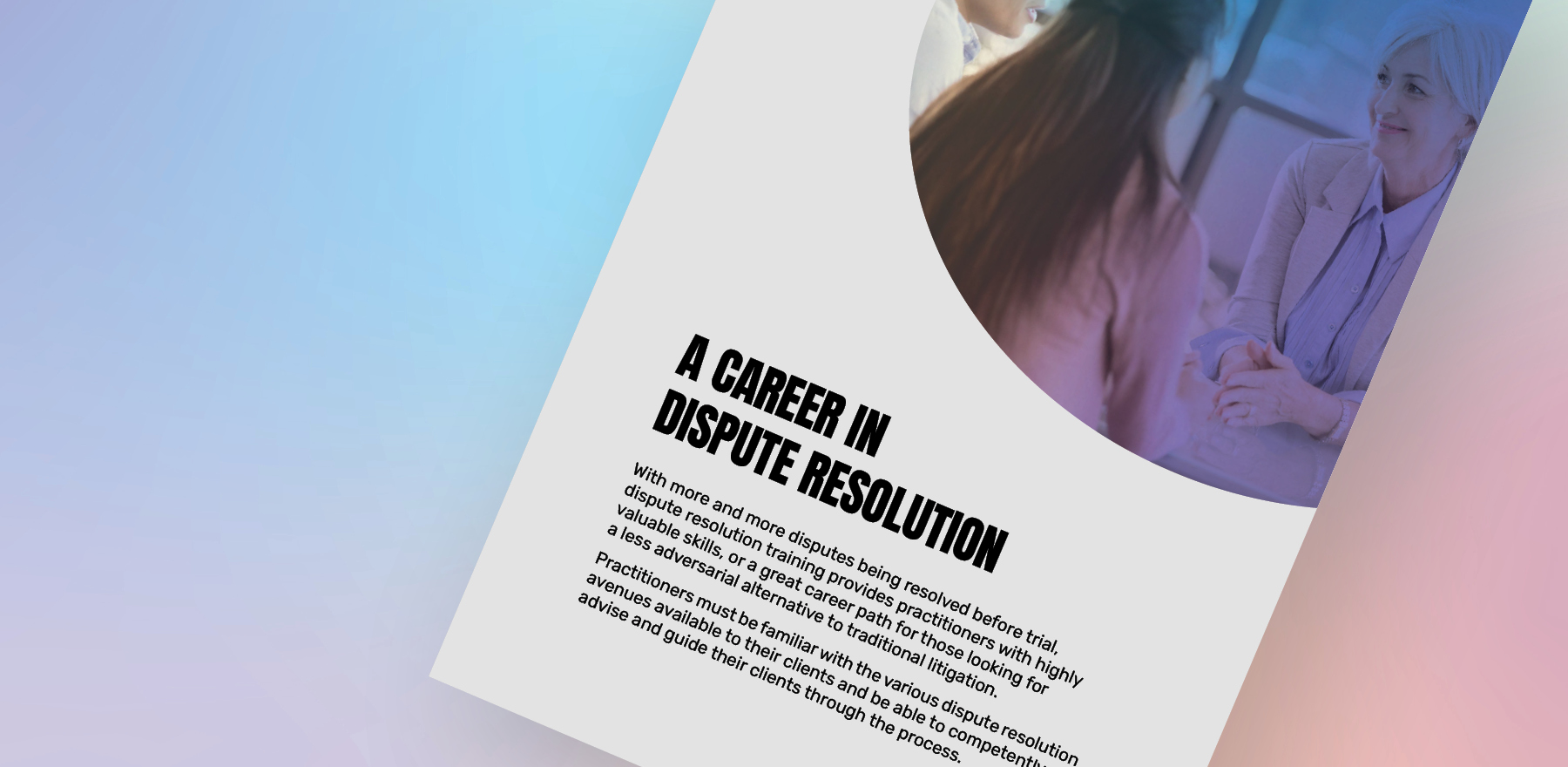






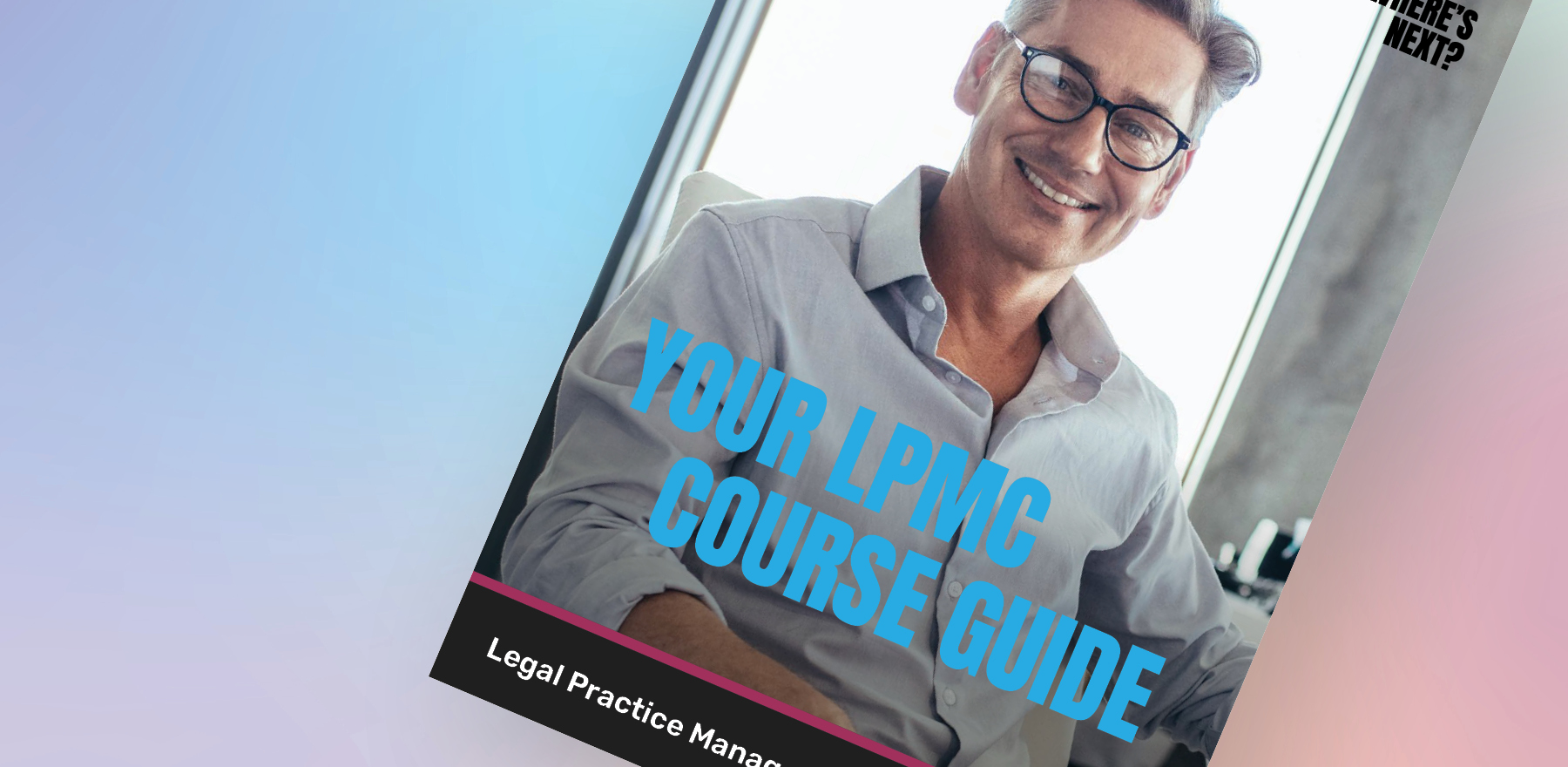
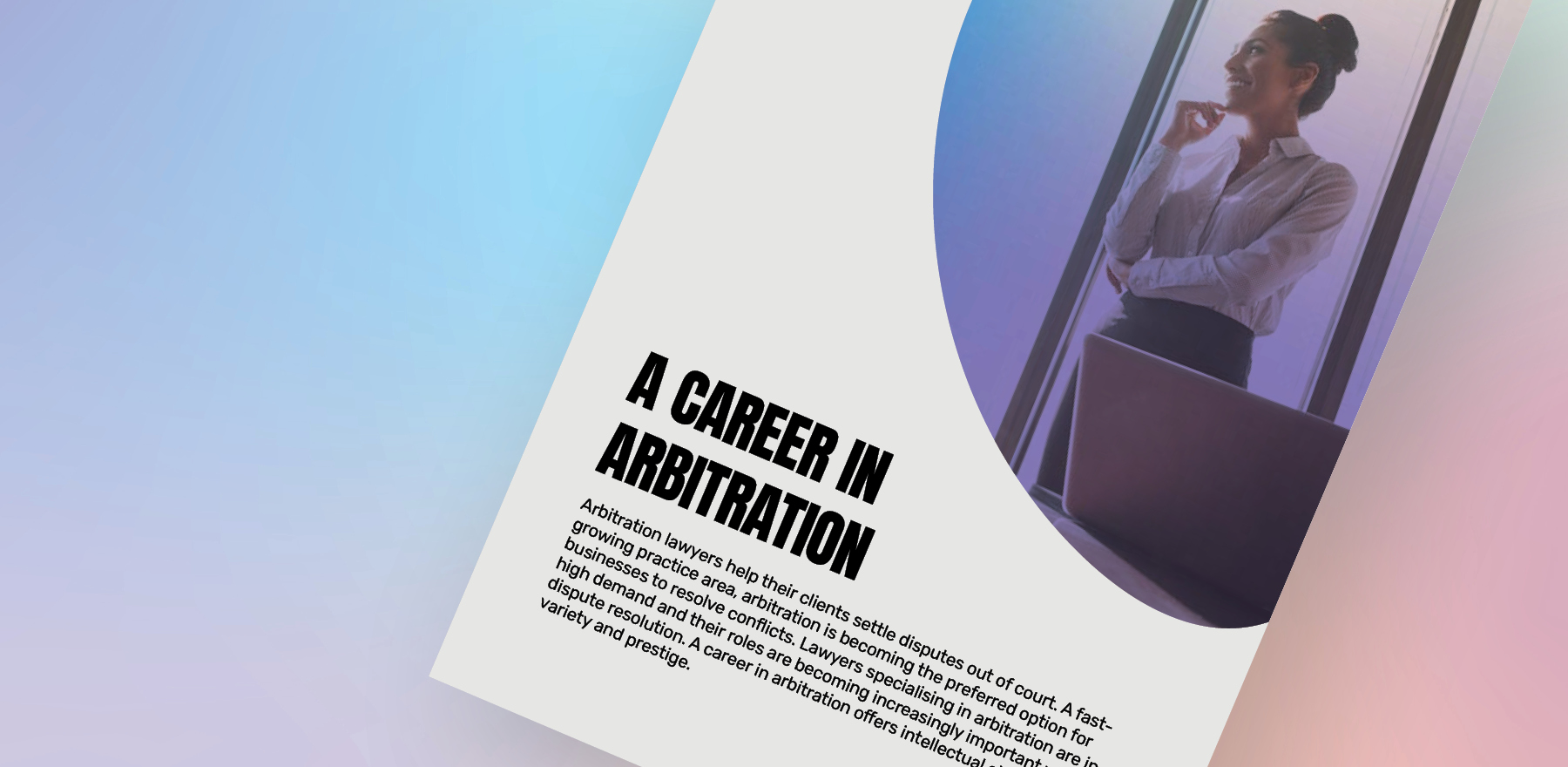





















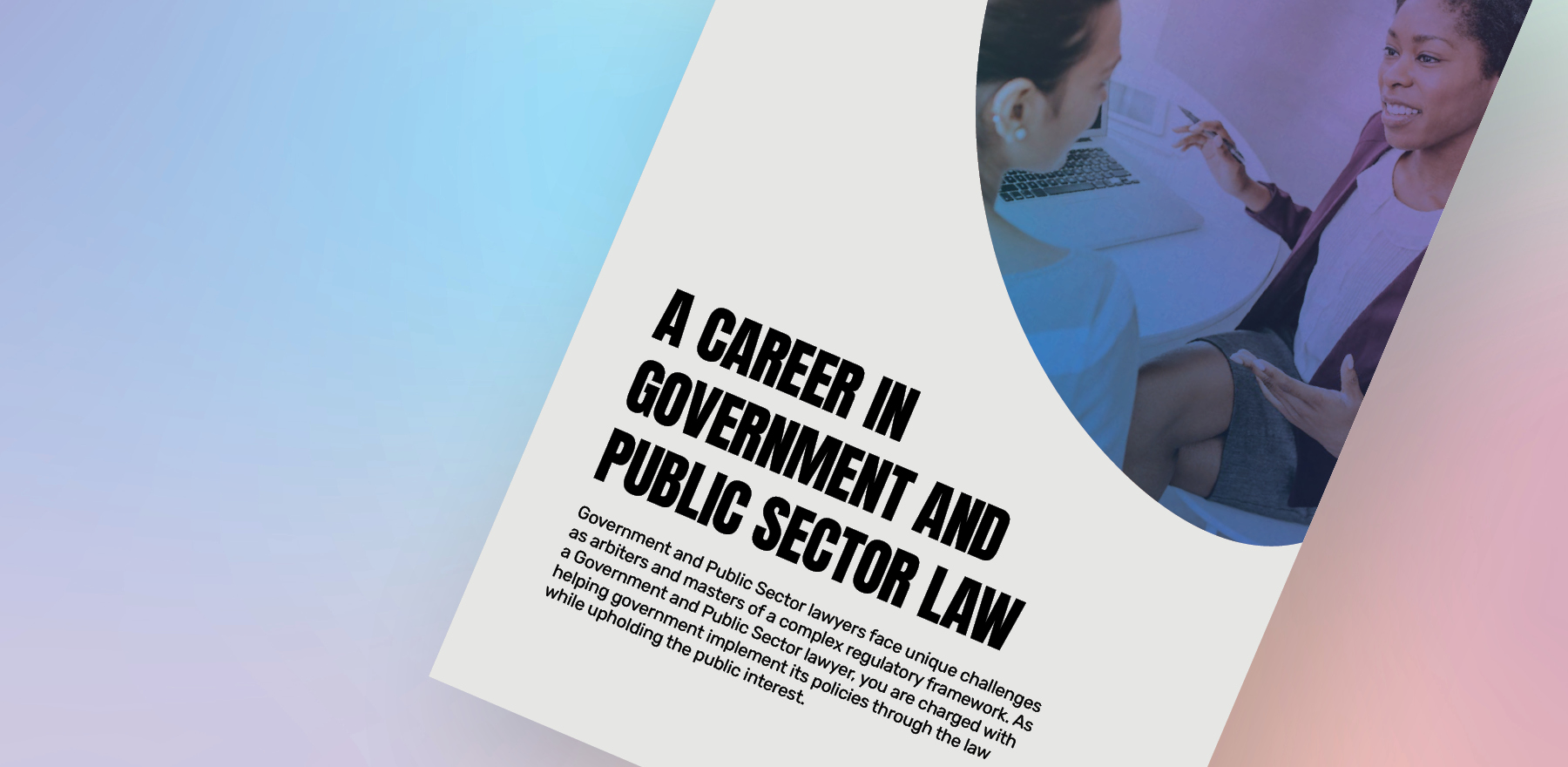


![How to handle Direct Speech after Gan v Xie [2023] NSWCA 163](https://images4.cmp.optimizely.com/assets/Lawyer+Up+direct+speech+in+drafting+NSW+legislation+OCT232.jpg/Zz1hNDU4YzQyMjQzNzkxMWVmYjFlNGY2ODk3ZWMxNzE0Mw==)

















